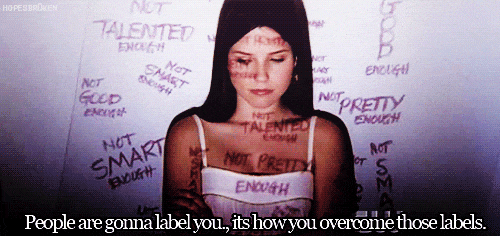Slavery. The word conjures ideas of folded, faded photographs of forlorn faces in chains. We think of racism and the horrific crimes committed by our ancestors. Today, we think of slavery as a thing of the past. Whoever you are, whatever culture you come from, we carry its stain.
But that’s where we go wrong. Human trafficking can boast more victims than the transatlantic slave trade ever could, with conservative estimates numbering 20.9 million men, women and children suffering at the hands of their captors.
Because of the public’s lack of awareness of this crime, not many people understand who is at risk. It’s not their fault entirely, as there is no single profile that matches the victims. They come from a diverse array of backgrounds, varying in sex, age and socio-economic situations.
Sometimes they are hidden away in places like brothels, but victims can also work within informal workplaces in plain sight. This is because very few individuals have the proper education to see what’s in front of them and recognize the warning signs.
However, there are certain people who are more vulnerable to human traffickers. Runaway and homeless youth are susceptible because they lack a support system. In fact, one study found 56% of prostituted women were originally runaways. They are often approached at transportation or public spaces to offer help or illicit sex for money.
Foreign nationals are also vulnerable. Traffickers offer work visas and then trap their victims due to their lack of familiarity with surroundings, laws and rights, language fluency and cultural understanding.
Individuals with violent or traumatic experiences are more vulnerable to a trafficker’s manipulations. The effect of abuse may normalize feelings of shame, and other psychological conditions which allow a pimp to convince victims to stay.
Human trafficking can take on a number of different forms, across all genders and ages. These can include forced labor, sexual exploitation (especially of children in tourism) and the selling of tissue, cells and organs.
So why do people not understand human trafficking? There are a lot of myths surrounding the crime, which can be easily dispelled.
Myth #1: “Trafficked persons can only be foreign nationals or are only immigrants from other countries.”
Obviously not true. Anyone can be vulnerable to the traffickers; it all just depends on circumstance.
Myth #2: “Human trafficking is essentially a crime that must involve some form of travel, transportation or movement across state or national borders.”
“Trafficking” does not equal movement. Travel may be used to control victims, but it’s not required to fall under human trafficking regulations.
Myth# 3: “Human trafficking is another term for human smuggling.”
Nope. Human trafficking violates a person’s rights, and human smuggling is a crime against a nation’s borders.
Myth #4: “There must be elements of physical restraint, physical force or physical bondage when identifying a human trafficking situation.”
While physical abuse is very common, psychological manipulation often proves much more effect than any chain.
Myth #5: “Victims of human trafficking will immediately ask for help or assistance and will self-identify as a victim of a crime.”
These victims have been abused more than the average person can imagine. Often they don’t trust law enforcement or social services.
Myth #6: “If the trafficked person consented to be in their initial situation or was informed about what type of labor they would be doing or that commercial sex would be involved, then it cannot be human trafficking or against their will because they ‘knew better.’”
Initial consent is not relevant to the crime, nor is payment.
Now you are armed with knowledge, and I hope you feel the need to help somehow. So what can you do? Human trafficking victims are in need of all kinds of services, several of which are provided by nonprofit organizations or government agencies.
The following is a list of nonprofit organizations in the Pacific Northwest in need of donations and volunteers:
API Chaya
Washington Anti-Trafficking Response Network
Immigration Counseling Service
National Women’s Coalition Against Violence & Exploitation
Inside Out Salon
If you have any expertise in any of these professions, you can join the fight to end human trafficking. There are victims who are waiting to be saved. Let’s be their heroes.




















 sunrise
StableDiffusion
sunrise
StableDiffusion
 bonfire friends
StableDiffusion
bonfire friends
StableDiffusion
 sadness
StableDiffusion
sadness
StableDiffusion

 purple skies
StableDiffusion
purple skies
StableDiffusion

 true love
StableDiffusion
true love
StableDiffusion
 My Cheerleader
StableDiffusion
My Cheerleader
StableDiffusion
 womans transformation to happiness and love
StableDiffusion
womans transformation to happiness and love
StableDiffusion
 future life together of adventures
StableDiffusion
future life together of adventures
StableDiffusion





















